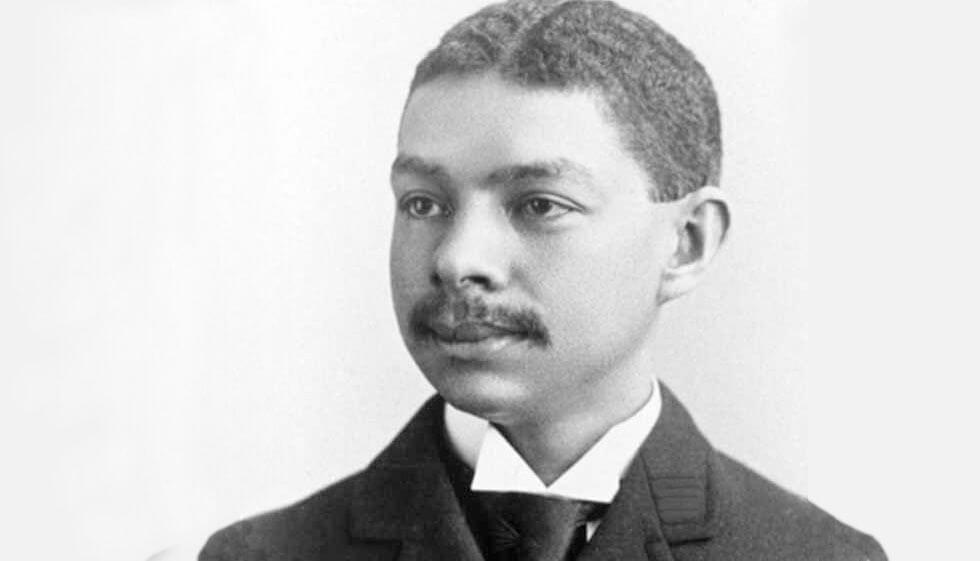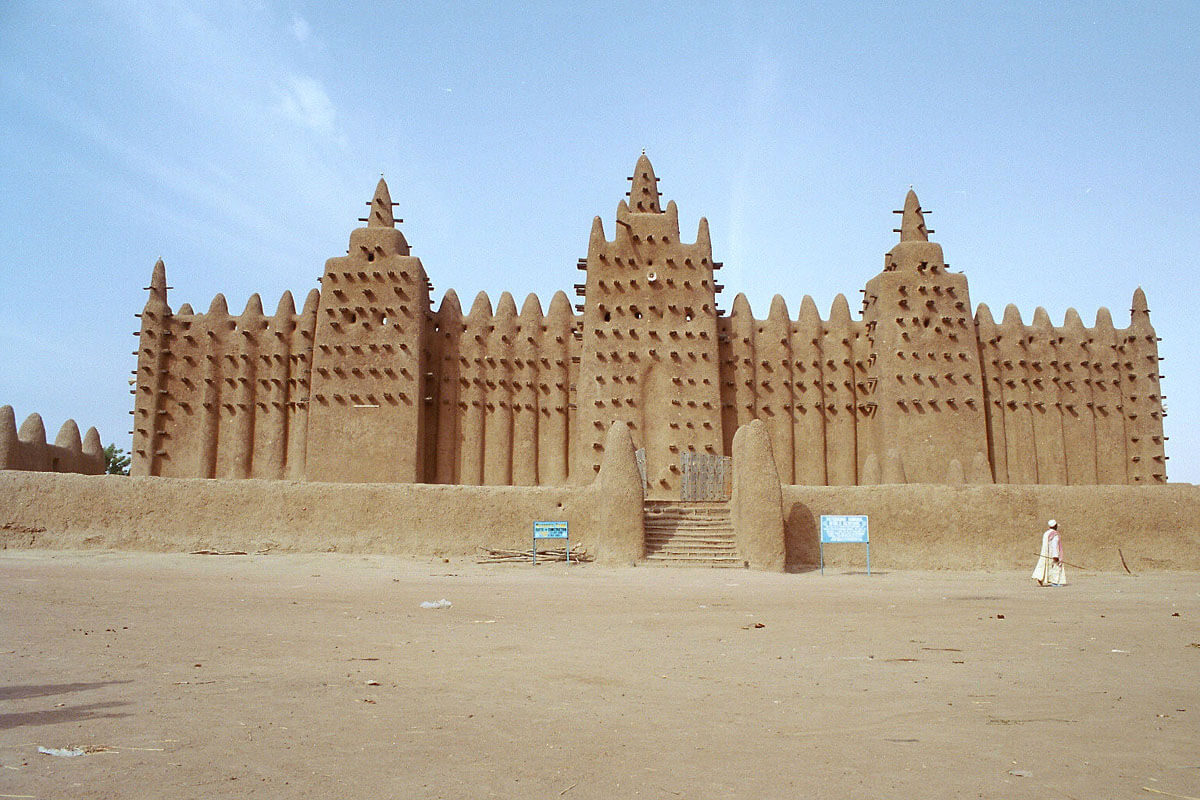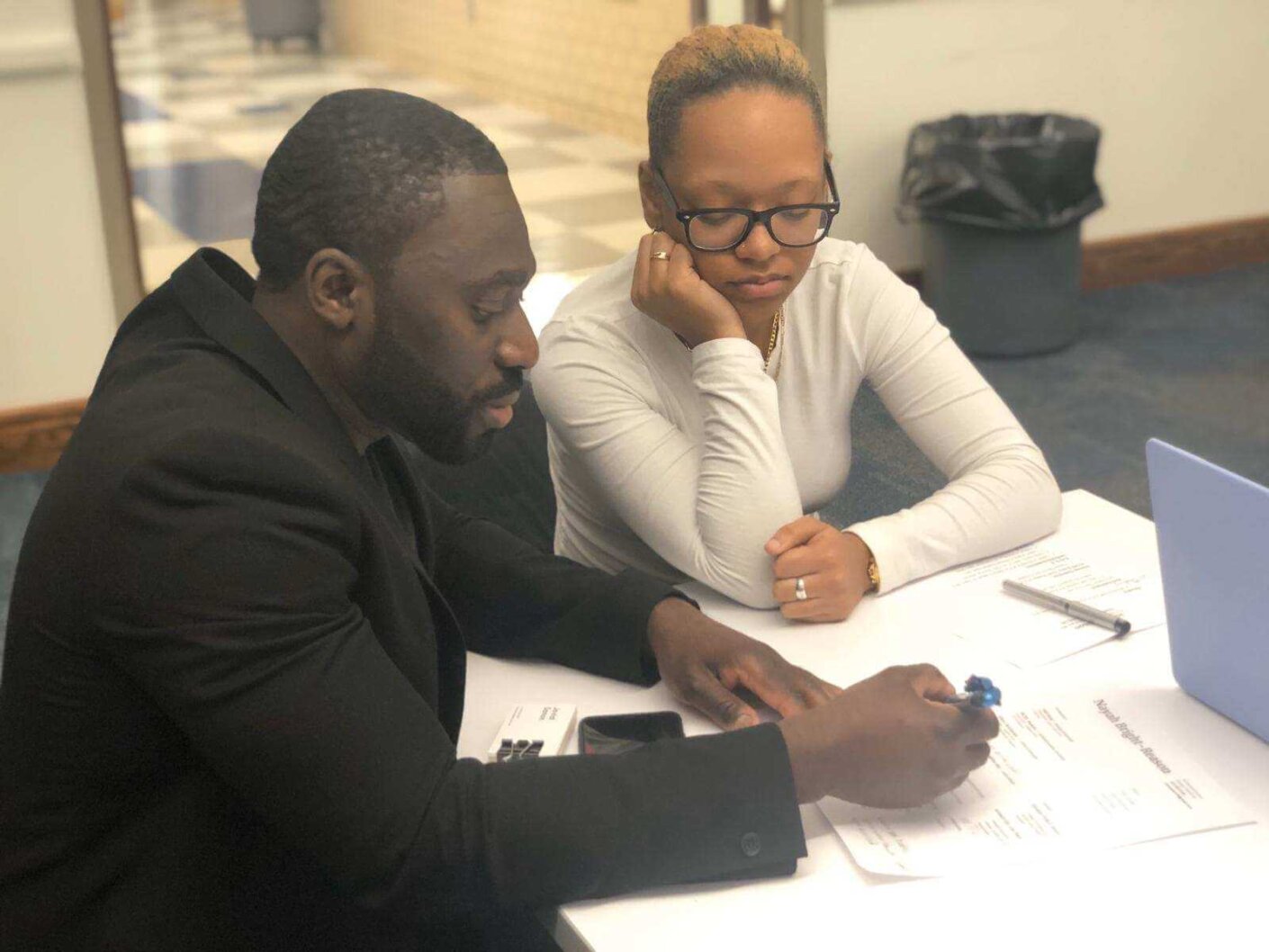
A: I lived in Haiti until I was twelve, and I picked up a lot of the culture and history during my youth. One of my favorite buildings is the Citadelle Laferrière du Nord. The 19th century fortress is a magnificent structure located on a remote mountaintop, and it’s the largest citadel in the western hemisphere. The Citadelle had a huge impact on me as a boy, and it inspired me to go on to study Western African art and architecture. That’s how I came across the history and works of Robert Taylor. He was the first registered Black architect to graduate from MIT.
What keeps me engaged in architecture is the fact that we get a chance to leave a footprint on our surroundings, both as a physical building and as symbol of community uplift. After coming to the U.S. from Haiti, I grew up in Mattapan and Dorchester. You can really see the dichotomy of living conditions in Boston for Black versus non-Black residents. As a Black architect, and member of the African diaspora, you are not just a designer but a community leader. You are trying to ‘resolve problems’ for the client and their community. You cannot simply design a beautiful edifice; you need to set precedents for cultural change. My responsibility as a Black architect is to be an agent and advocate for social change.
A: Architecture benefits greatly from the pluralism of ideas and perspectives. Diversity and inclusion play a huge role, especially for Black architects. Environmental and economic justice in design is part of a larger discussion for Black communities. As a Black designer, I hope what am I doing benefits the community and undoes some of the past harm done. You can view sustainable practices coupled with economic justice as a way of undoing the negative impacts placed on the environment and black communities—whether it’s water purity, air pollution, urban heat island effects, or soil toxicity. These historical decisions impact marginalized Black and brown communities in a more significant way. Those things should be taught in school, but sadly are not. Issues such as redlining, gentrification, food deserts, access to healthcare facilities, and school infrastructure are rarely spoken of in academic curriculums. That gap of historical awareness needs to be closed for the next generation of architects and designers.


A: I’m currently working on the Howard University Center for Digital Business, a Historically Black College and University (HBCU). It’s a pro bono project and part of our Social Responsibility Initiative. This project is a great example of L.E.E.D and sustainable principles of enhancing social equity, environmental and economic justice, as well as improving the quality of life for an entire community. I’m seeing how Howard is a positive environment for students, the greater Black community around it, and how it can encourage Black and POC students as future business owners.
I’m getting an insight into how Howard alumni are proving that they can accomplish amazing things. Funding is still an issue for Howard and many HBCUs, and we hope that the Center for Digital Business will help to close that gap. I like to imagine if funding was not an issue: If those financial barriers didn’t exist and as a Howard student, you can achieve any dream imaginable. Hopefully, projects like the Center for Digital Business and Hubspot’s involvement can help establish the social equity needed to get students closer to those dreams.
A: This is a work in progress. It’s ongoing and continual. Mentoring events at Brookline High School and programs like the Harvard Black in Design Workshop that I’ve done over past few years are part of the process. It’s the sharing of ideas within the Black community, and showing high schoolers that design and architecture are viable career options.
I didn’t learn much about architecture until I was ready to apply for college, so I want to pay it forward. I want to de-mystify a lot about architecture for younger students. I used to think that architecture required excellent math and drawings skills. That’s not necessarily true, as it involves many more skills and is a very dynamic field. Technology is not promoted well enough in the industry and I would like to showcase that more for younger students interested in the field. Video games design, fashion, coding, branding, history, and economics—these are all involved with architecture. Once you learn about the depth or breath of architecture, it becomes a more accessible field.
